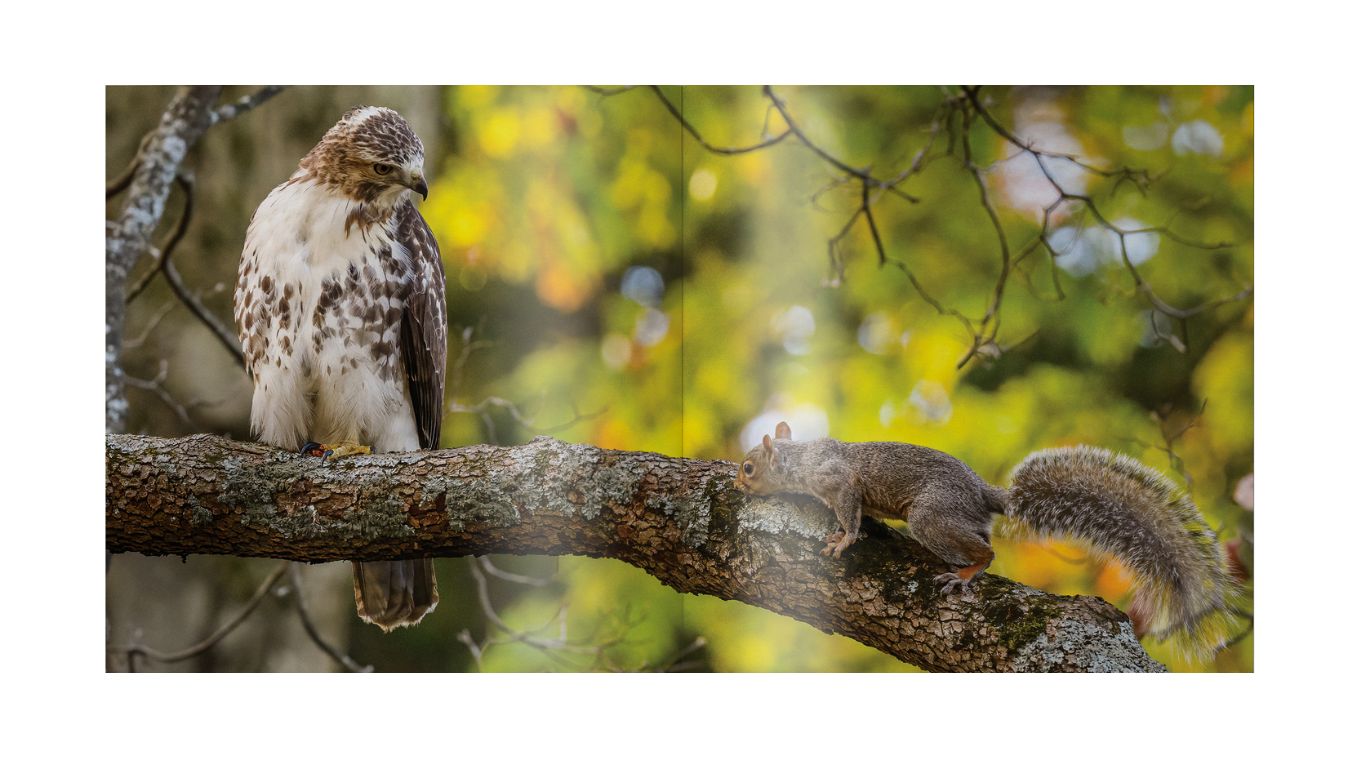Author Bio
-

About Bob Glass
Bob was born and raised in the suburbs of Baltimore, Maryland, although he has called New Jersey home for the past 50 years. It is here where he has pursued his passion for birdwatching and enjoyed the art of Falconry. Bob has enjoyed competitive skeet shooting and won several championships at the New Jersey state level. He has spent almost forty years as a falconer and over half that time has been dedicated to hunting with Red-tailed Hawks. At the time of writing “A Journey with Red-tails” he was flying his 22nd red-tail. Bob has been involved with the New Jersey Falconry Club since he became a falconer, holding almost every administrative position in that club with most recently being the President. Bob was also the Secretary of the North American Falconers Association (NAFA) in the mid to late 1990’s. He proudly boasts that he built the first computers that the club ever owned. Writing this book was never in his long-term plans but as the years and his love for red-tails rolled on, he began documenting some of the birds he flew, those with unusual behaviors, as well as some of the exceptional birds he has flown. He also started to note some of the incredible stories of red-tails he has had the pleasure to know. Pieced together they paint a picture of how wonderful the sport of falconry truly is. Bob is married to his wonderful wife Michelle and they have a son, Sean.

Author's Insights
Insight 1: The Inspiration Behind the Book
When I envisioned the perfect book on Red-tail Hawks and Falconry I wanted it to be something that an experienced falconer would enjoy. I structured it with the inciteful information that I would give anyone starting out in the sport or those who are interested in birds of prey or nature. I wanted to offer a window into the intriguing sport of Falconry.
Insight 2: Writing Process and Challenges
Throughout my almost 40 years of being a falconer, I had documented all my bird’s day-to-day progress in my journals but that was only the tip of the iceberg. That documentation only included dates and bird’s weights and game that they caught. But when I looked back at the names I gave each bird before releasing them back in the wild, is when a flood of memories returned. I name my bird for their personalities and at that point I was able to remember them and look back and piece together their unique behaviors and skills. That is how I developed my case studies and stories included in the book.
Insight 3: Themes Explored in the Book
What I tried to express, above all in this book, is the care and well-being of the birds. As a falconer, I always felt I was borrowing the birds from the wild. My job was to return that bird back to the wild as a confident hunter and healthier than they were when I acquired it.











